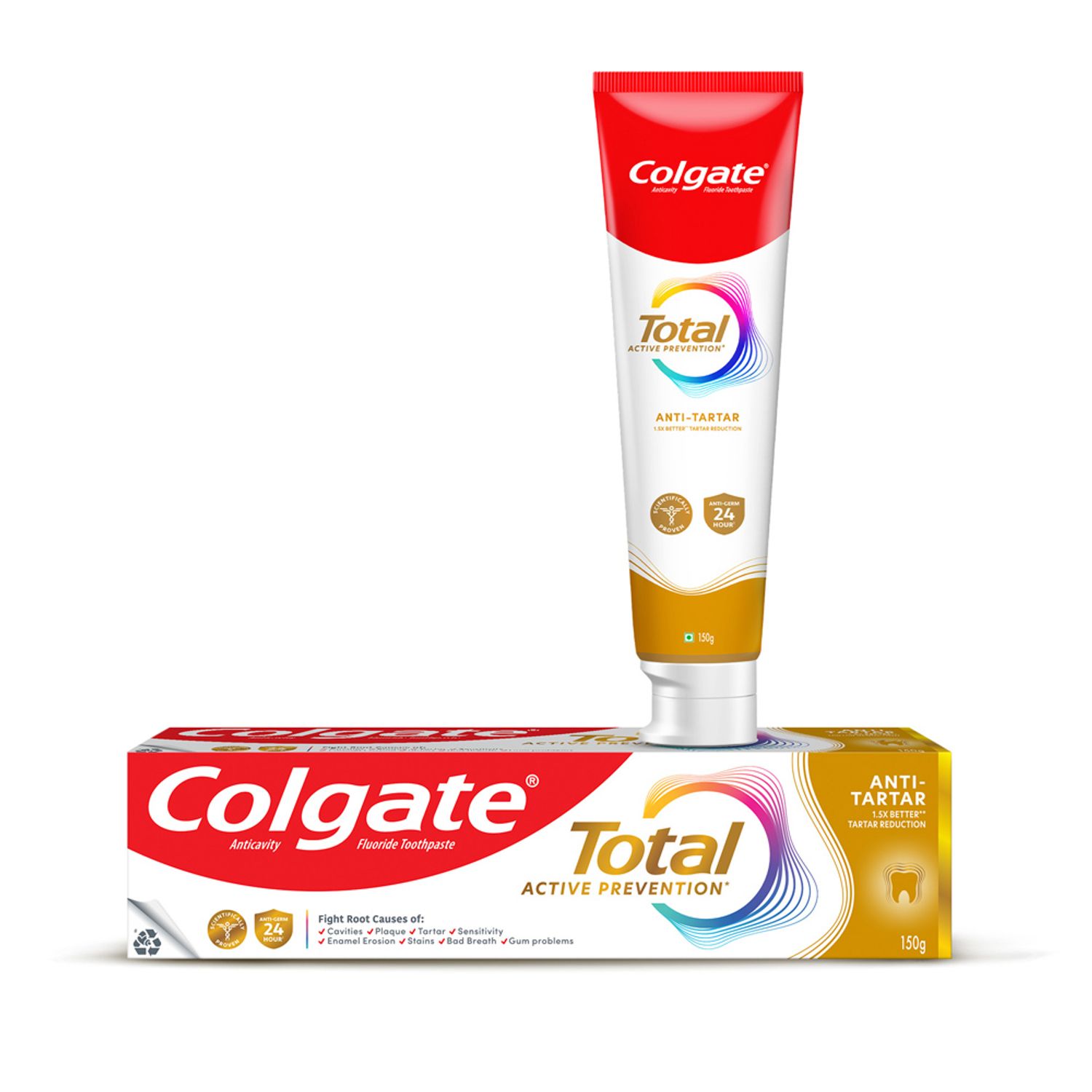How does decay start?
A root canal is necessary to treat tooth decay, which progresses over several stages:
- Infection: The tooth becomes infected, or abscessed, when the decay goes beyond the enamel and progresses to the dentin, or the layer underneath the enamel.
- Deep impact: Finally, decay reaches the nerve structure of the tooth, which is called pulp.
- No going back: At this point, the inflammation that has been caused by the decay in the tooth is irreversible. The nerve structure of the tooth begins to die.
- Not-so-swell: As this happens, chemicals are released that can cause an infection at the tip of the root, leading to pain and swelling. This is typically the point at which the toothache becomes noticeable and painful.
- Calling for help: The patient will usually seek a dentist who can help relieve the pain and treat the tooth with root canal therapy.
Because a root canal procedure is complex and must be performed properly, you should take care to choose a provider who has experience dealing with root canals.
Who performs root canals?
According to the American Association of Endodontists, a root canal may be performed by a general dentist or by an endodontist.
What’s an endodontist? It’s a dentist who has received advanced training and specializes in care of the inside of the tooth, but all dentists receive some training in endodontics as part of their studies.
A general dentist typically decides on a per-case basis whether to perform a root canal or to refer the patient to an endodontist.
What happens during the procedure? 7 stages
- During a root canal, the tooth is anesthetized in the same manner as when a cavity is filled. It’s an important stage: it means your root canal procedure should be painless.
- The decay, the inflamed and infected pulp and any other nerve tissue located in the tooth's roots are removed, and the tooth is prepared to be filled.
- The filling material is a rubbery substance called gutta-percha. It acts as a sealant to completely block the entire root structure and prevent oral fluids from reaching the tooth and reinfecting the tooth's internal structure.
- Although the roots and nerve chamber are sealed by the procedure, the tooth remains severely weakened and requires a core buildup and crown to protect its remaining walls. The filling core and crown act as a protective cover. They protect the tooth from further damage and help restore proper chewing function.
- Occasionally, if the decay or infection is minor, a crown is not required. In this instance, a core buildup is all that is necessary as a final restoration.
- Depending on the extent of the damage and on the dentist performing the treatment, the root canal may take one or more visits.
- Once the entire root canal and final restoration have been finished, the general dentist or endodontist will typically schedule a follow-up visit after six months to check for complete healing around the bone surrounding the tooth.
Once is enough
According to the Academy of General Dentistry, root canals, when correctly done, have a success rate of more than 95 percent and are significantly less expensive than the alternative of extraction and replacement.
The need for future root canals can be prevented, if you remain vigilant.
Firstly, get dental checkups twice per year. Secondly, maintain a care program that includes both fluoridated toothpaste such as Colgate Total® and other home dental care options. With luck, you’ll only have to flow down the root ‘canal’ once in your life.
Original content by Richard A Huot, DDS
This article is intended to promote understanding of and knowledge about general oral health topics. It is not intended to be a substitute for professional advice, diagnosis or treatment. Always seek the advice of your dentist or other qualified healthcare provider with any questions you may have regarding a medical condition or treatment.
ORAL HEALTH QUIZ
What's behind your smile?
Take our Oral Health assessment to get the most from your oral care routine
ORAL HEALTH QUIZ
What's behind your smile?
Take our Oral Health assessment to get the most from your oral care routine













